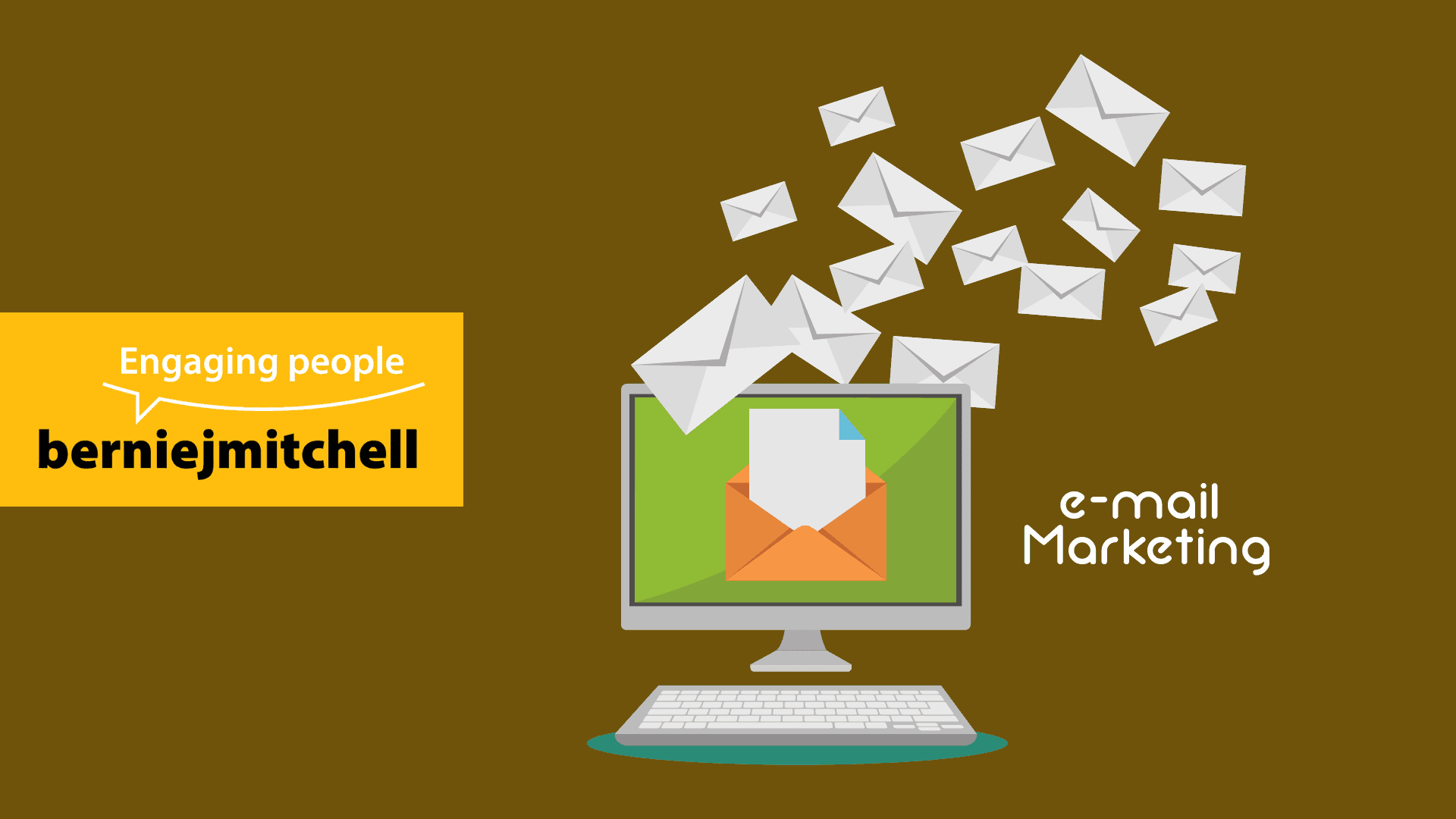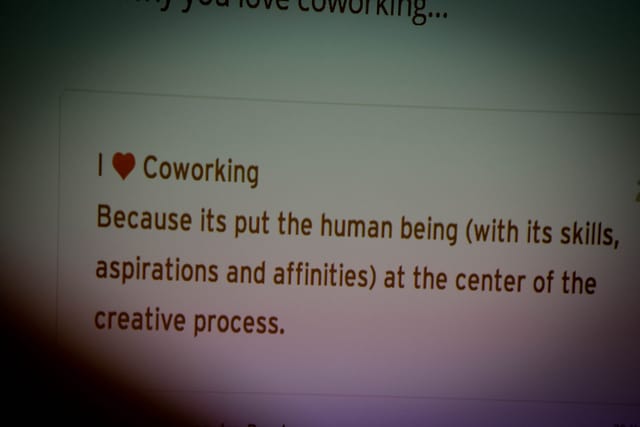The first thing that comes to mind when someone mentions email marketing is spam.
But if you think about how much time people spend reading emails every day, then you might realize just how powerful this channel still is.
And in spite of the pandemic bringing turbulence to businesses, emails have returned to the forefront of digital marketing.
In fact, they have become one of the most important marketing tools available today.
With more people shopping online, there is an even greater need to interact and connect digitally, and email marketing is a fantastic method for doing so. Using a combination of customization and automation, you can build a plan that can help you gain a high return on investment (ROI).
For digital marketers, keeping up with trends is critical so that shifting best practices don’t disrupt the rest of your marketing plan.
As the world continues to change at an unprecedented rate, so too does the way people use technology.
This means there are always going to be new ways to reach customers – whether through social media or mobile apps.
But with these changes also comes uncertainty.
So how can you plan your campaigns effectively?
Email has been around since the early days of computers and was one of the very first channels used by marketers. It’s also an incredibly effective way to communicate with customers because they expect to receive messages from brands at certain times throughout their day.
Here are some ways to optimize your email marketing strategy:
1. Personalized Email Marketing
Consumers love getting personalized content. People want relevant information tailored specifically to them. This means personalization is key. Personalized emails give recipients exactly what they’re looking for while saving businesses’ money through targeted messaging.
The best way to get started with your own personalized email campaign?
Start by using a tool like MailChimp or Constant Contact that can help you create and send custom messages based on the data you have about your customers.
You’ll be able to segment your list into different groups, so you know who’s interested in which topics. Then, use this knowledge to craft an effective message that will resonate with each group of people.
2. Using artificial intelligence to optimize your email strategy
Artificial intelligence is basically software or hardware which mimics human thinking.
This means that it learns from data and experiences over time. And as such, it can learn new skills very quickly.
For example, if an algorithm sees something similar before, then it knows what to expect next. If there was no previous experience with a certain situation, it would have to start learning all over again.
But because AI doesn’t forget anything, it remembers everything.
Which makes it perfect for solving problems.
Nowadays, AI is everywhere.
From self-driving cars to smart speakers, robots to virtual assistants – they’re becoming more common every day.
And when it comes to email marketing, AI could make a huge difference.
Because right now, many people still don’t understand why their emails aren’t getting opened or read.
They think that maybe their subject line isn’t good enough, or perhaps their content wasn’t interesting enough.
Or even worse, they might just assume that everyone hates them!
However, the truth is that not everybody likes receiving emails.
Some people prefer reading blogs instead.
Others want to watch videos on YouTube.
And others simply don’t care at all.
That’s where AI comes into play.
Because once you train an AI system to recognize patterns within your audience, it becomes much easier to send relevant messages.
3. Adding interactive customer experience to email marketing
In the future, AMP (Accelerated Mobile Pages) will revolutionize the way interactive emails are sent.
Without the need for a third-party provider, you may include interactive information in your marketing emails thanks to the Accelerated Mobile Pages (AMP).
Instead of linking to a landing page, an email with a carousel and shopping choices may be added to present a number of different items at the same time without sending the recipient to a separate website.
Customers will be able to see goods, make purchases, and do other actions from the email you send out to them.
The number of clicks necessary to go to the appropriate page should be kept to a bare minimum before you can finish your purchase.
Reduced friction makes it easier for customers and subscribers to do business with you, and every time you do so, your business grows.
There are several straightforward methods to include it into your plan, such as:
- Hover-over images and animated GIFs
- CTAs that are easy to understand
- There are several possibilities for the design mode (choice of dark mode or light mode)
- surveys and polls
- Product or service carousels with interactive elements
- components of gamification
4. Setting up Privacy-Friendly Emails
Customers are becoming more conscious of the need to preserve their personal information and know-how their data is being used, and they are demanding greater transparency from businesses.
You must go above and above to ensure PCI and GDPR compliance if you want to earn their trust and maintain their loyalty.
Create a privacy-focused approach to every aspect of your email marketing strategy to ensure that you are meeting and exceeding customer expectations.
The following are some GDPR regulations applicable to email marketing campaigns:
Obtain permission. There are several opt-in technologies available on the market that may assist you in increasing your subscriber base while being compliant with GDPR. The most essential thing to remember is that you must obtain consent before adding individuals to your email list.
Make a privacy policy for your organization. Under the General Data Protection Regulation, you must have a thorough privacy policy that provides full information about the data you gather from users and how you intend to use it.
Your privacy policy should be available on your website, and it should be linked to your opt-in form.
Keep a copy of your consent forms. The General Data Protection Regulation (GDPR) mandates that you keep a record of permission, which includes the name of the user, the date consent was granted, and the information that was consented to.
Allowing access without requiring an opt-in is encouraged.
Pay close attention if you are using lead magnets to increase your email marketing list.
If a person does not wish to receive your newsletter, you are unable to restrict access to your material.
You must clearly communicate to users that they may still access the lead magnet or other gated material even if they do not subscribe to your newsletter.
Allow users to quickly revoke their permission.
The General Data Protection Regulation (GDPR) requires that consumers be able to quickly cancel consent. A clearly visible unsubscribe link in your newsletter will take care of the situation.
Stay away from misleading or deceptive messages.
The General Data Protection Regulation (GDPR) provides requirements for the content to safeguard consumers.
Essentially, you must clearly demonstrate your identity, including a physical address, accurately identify the material, and otherwise maintain the integrity of the transaction.
5. Optimizing Email Across All Platforms
While it may seem apparent, optimizing email for all platforms is vital.
Customers are increasingly adopting mobile devices. Therefore, you must guarantee they receive the same level of service.
Not simply email can nurture a lead.
Thus, omnichannel marketing is vital. Simply said, omnichannel marketing combines digital and traditional marketing channels to reach your target demographic.
Omnichannel marketing works because it goes where the customers are.
Customers won’t merely go to a website and buy.
Nowadays, shoppers do extensive research before making a purchase.
Omnichannel marketing helps businesses engage with customers and prospects across several media and platforms. As a result of this cross-channel contact, brands may remove barriers to purchase.
6. Email in plain-text: recognizing its value
Sending a text-only email to your readers might be a welcome change of pace for them.
Using text-only emails in combination with other, more visually appealing emails will give you the most bang for your buck.
You may still send emails with animated GIFs and other appealing graphics.
You don’t have to, it’s just a way of saying that. It’s probable that this sudden adoration for text-only emails is due to the hyper-personalization trend since they feel more personal, like an email you’d send to a friend also let’s face it, most people do not send images-heavy emails to their friends and family).
7. Adding color to your email.
While sending a plain-text email can be refreshing for your readers, you can’t deny that adding colours to your email will make it more appealing to your readers.
Colour is an excellent tool for creating strong emotions and spurring behaviour.
Apart from the psychological effects of colour on people, email marketing campaigns employing bright and brilliant colours have been shown to increase both engagement and conversion levels.
Increased brand visibility and sales are all possible benefits of using colour.
8. Taking a team approach
It would be good to invest in the assistance of your team because email marketing is a process that is always developing (trends come and go, for example).
It is possible for different departments to collaborate on your 2021 strategy in order to ensure a diverse range of inputs and ideas are collected.
Remote work may be exhausting at times, so consider using productivity-enhancing technologies to help you function better from home.
Effective email marketing will maximize your conversions and return on investment, and combining your efforts with great workforce optimization will ensure that you achieve your objectives more quickly.
Those past few years have been odd, to say the least. COVID-19 has thrown the economy into disarray, and everyone is at the very least a little bit nervous about what’s to come next.
According to what we’ve observed thus far, marketers are up to the task.
Expect to see businesses paying even more attention to their consumers’ voices and demands in 2021, as well as reimagining their brands and business models to take a more sympathetic, human-centred approach.

